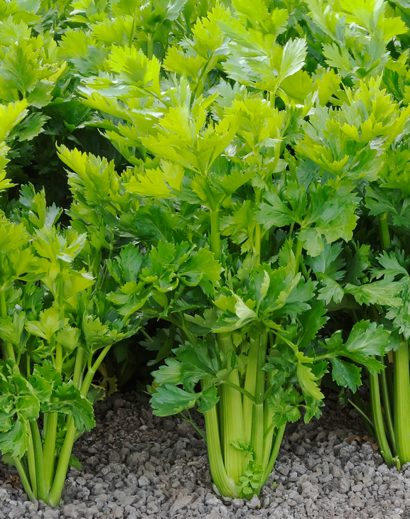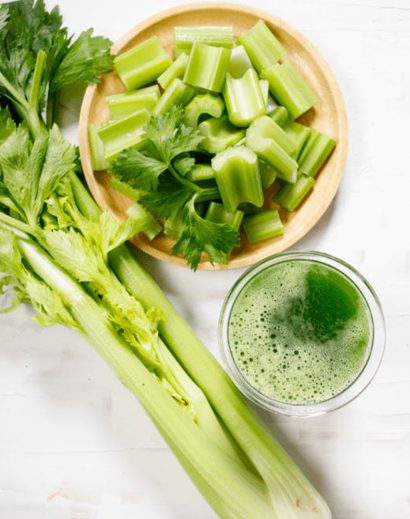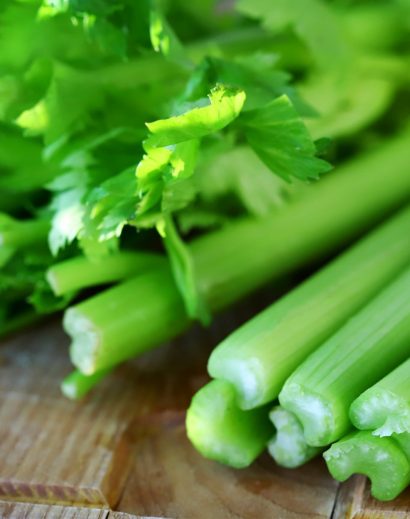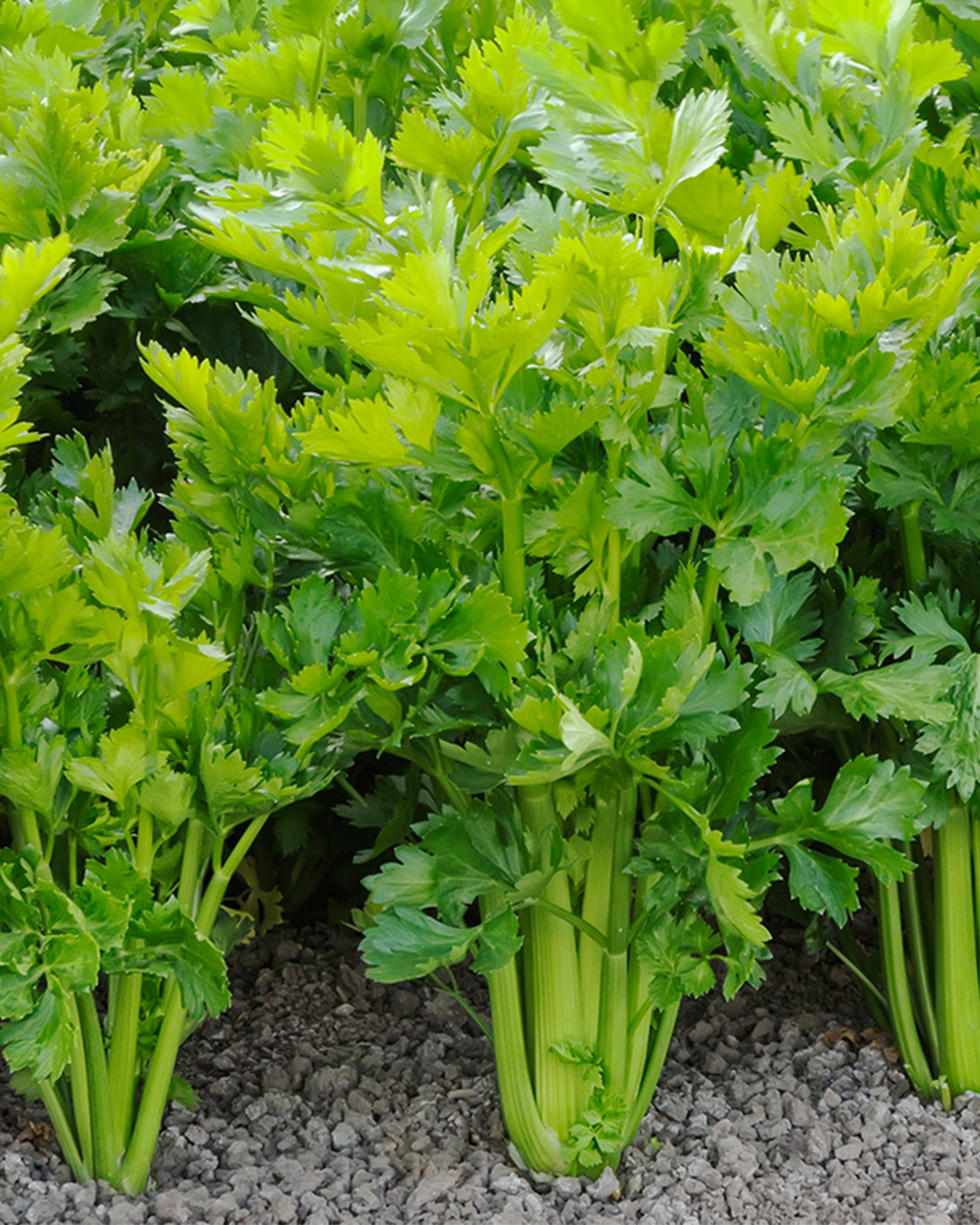Celery is a versatile herb that is widely cultivated for its flavorful and aromatic leaves, stems, and seeds. Here is a description of celery herb:
- Botanical Name: Celery belongs to the botanical genus Apium graveolens. It is a member of the Apiaceae family, which also includes parsley, carrots, and fennel.
- Appearance: Celery is a biennial plant that typically grows to a height of 12 to 24 inches (30 to 60 centimeters). It has bright green, pinnate or bipinnate leaves with serrated edges. The leaves grow in a rosette pattern and have a fresh, crisp texture.
- Stems: The thick, succulent stems of celery are the most commonly consumed part of the plant. They are typically pale green to white and have a crunchy, fibrous texture. Celery stalks are often eaten raw as a snack or used in salads, soups, and various dishes to add a mild, earthy flavor and a pleasant crunch.
- Flavor and Aroma: Celery has a distinct, clean, and slightly peppery flavor. Its aroma is fresh and herbaceous, with hints of earthiness. Both the leaves and stems contribute to its unique flavor profile.
- Nutritional Value: Celery is low in calories and a good source of essential nutrients, including dietary fiber, vitamins (such as vitamin K, vitamin C, and vitamin A), and minerals (such as potassium and folate). It is also known for its high water content, making it hydrating.
- Culinary Uses: Celery is a versatile herb used in a variety of culinary applications. It is a common ingredient in salads, stuffing, soups (like celery soup or chicken noodle soup), stews, and as a garnish for cocktails like the Bloody Mary. It is also an essential component of the classic mirepoix, a mixture of celery, onions, and carrots used as a base in many French and Mediterranean dishes.
- Medicinal Uses: Celery has been used in traditional medicine for its potential health benefits. It is believed to have anti-inflammatory properties and may help with digestion. Some people use celery juice for detoxification and as a dietary aid, although scientific evidence supporting these claims is limited.
- Culinary Varieties: There are different varieties of celery, including Pascal celery (the most common type), celeriac (a type with a large, edible root), and leaf celery (cultivated primarily for its leaves and seeds). Each variety has its own unique culinary uses.
In summary, celery is a versatile herb known for its crisp stems, mild flavor, and various culinary and potential health benefits. It adds depth and freshness to a wide range of dishes, making it a popular ingredient in kitchens worldwide.





Reviews
There are no reviews yet.